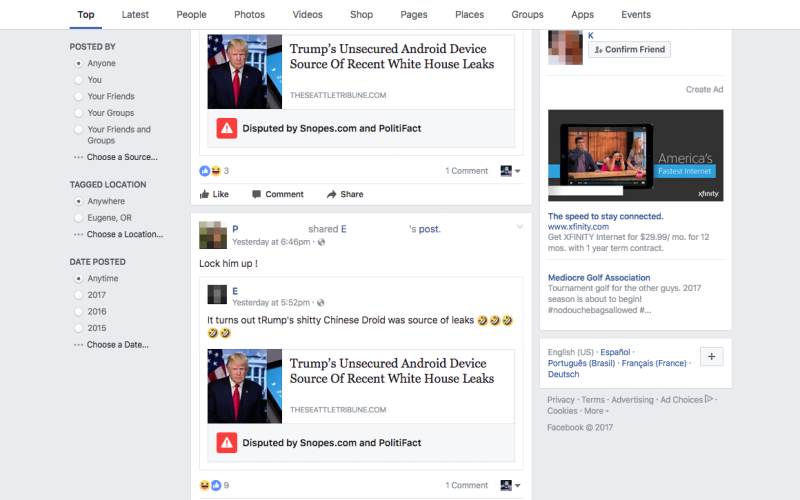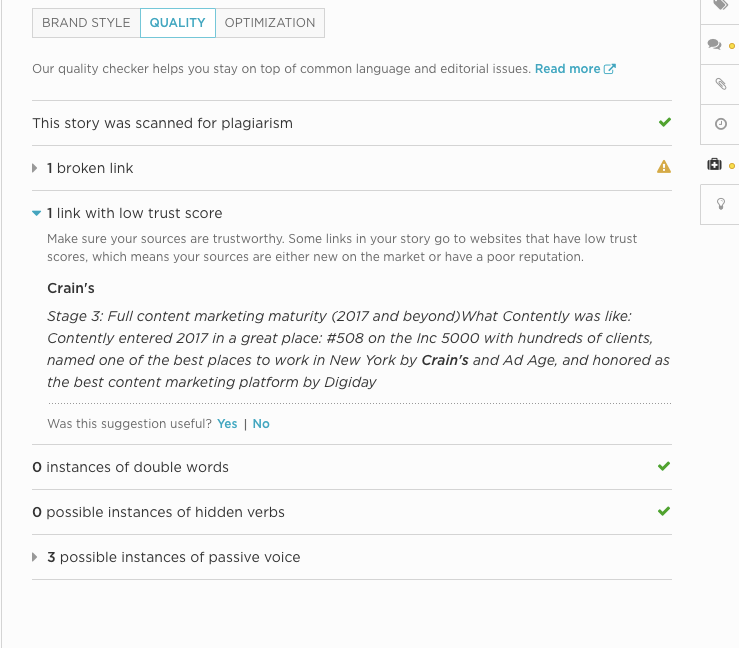Media
3 Rules for Content Marketing in the Fake News Era
I spend most of my life doing five things: sleeping, scheming, reading, writing, and answering questions about content marketing. Lately—as I’ve traveled from Toronto to London to Austin to speak at conferences and lead strategy workshops—it’s mostly been the latter.
Here’s one question that keeps coming up: How does Facebook’s fake news problem impact content marketing?
For those of you who have been avoiding all things Facebook ever since Uncle Bob livestreamed his shirtless election celebration, here’s some quick background information: Political fake news spread rampantly on Facebook prior to the election. A November BuzzFeed analysis found that the top 20 fake news stories about the election cycle were shared 1.4 million times more than the top 20 real news stories about the election. At first, Facebook CEO Mark Zuckerberg claimed that fake news wasn’t a problem, but after weeks of intense public pressure, the social networking giant announced that it would partner with journalism outlets like ABC News and Snopes to flag fake news.
The feature finally rolled out to some users earlier this month, and was first spotted by Gizmodo:

Despite these updates, fake news isn’t going anywhere. Facebook and Google now drive the vast majority of traffic to publisher sites. Search and social algorithms incentivize the production of viral fake news stories at a faster rate than fact-checkers can keep up. There’s no silver bullet that’s going to kill the monster in our feeds. For the foreseeable future, content marketing is going to exist in a media landscape that includes fake news.
Content marketing isn’t journalism, but you still need to earn your readers’ trust.
So how does that impact the way content marketers operate? I offer these three rules for creating content in the fake news era:
Rule 1: No more unbranded microsites
For years, brands have created unbranded microsites with a tiny logo on the bottom of the homepage—or no disclosure at all. Think makeup sites backed by a cosmetic company and mortgage advice sites backed by banks. This tactic has always been sketchy, and it’s just illogical now. Because of fake news, smart consumers are looking to scrutinize the sites they read. Don’t try to trick people. Be proud of your content and put your logo front and center.
Rule 2: Acknowledge your bias
One of the things that I love about content marketing is instead of partnering with dozens of major advertisers who inevitably influence your content in some way, you only have one financial backer to appease. But you have to own that in your content. You have to acknowledge who you work for and how it affects your perspective. This is the blog of a content marketing technology company. I don’t write anything that I don’t personally believe, but working here obviously leads me to believe that content marketing technology is a solution for a lot of different challenges.
Rule 3: Practice the tenets of good reporting
Use reliable sources. Accurately attribute anything you cite. Don’t just make stuff up. Content marketing isn’t journalism, but you still need to earn your readers’ trust. That’s why we recently built a source analyzer into our text editor to measure the trustworthiness of every link our writers use.

In other words: Don’t try to BS anyone. In the fake news era, smart consumers have their BS detectors on high alert, and sketchy content marketing is destined to set them off.
Image by Matt PopovichGet better at your job right now.
Read our monthly newsletter to master content marketing. It’s made for marketers, creators, and everyone in between.




